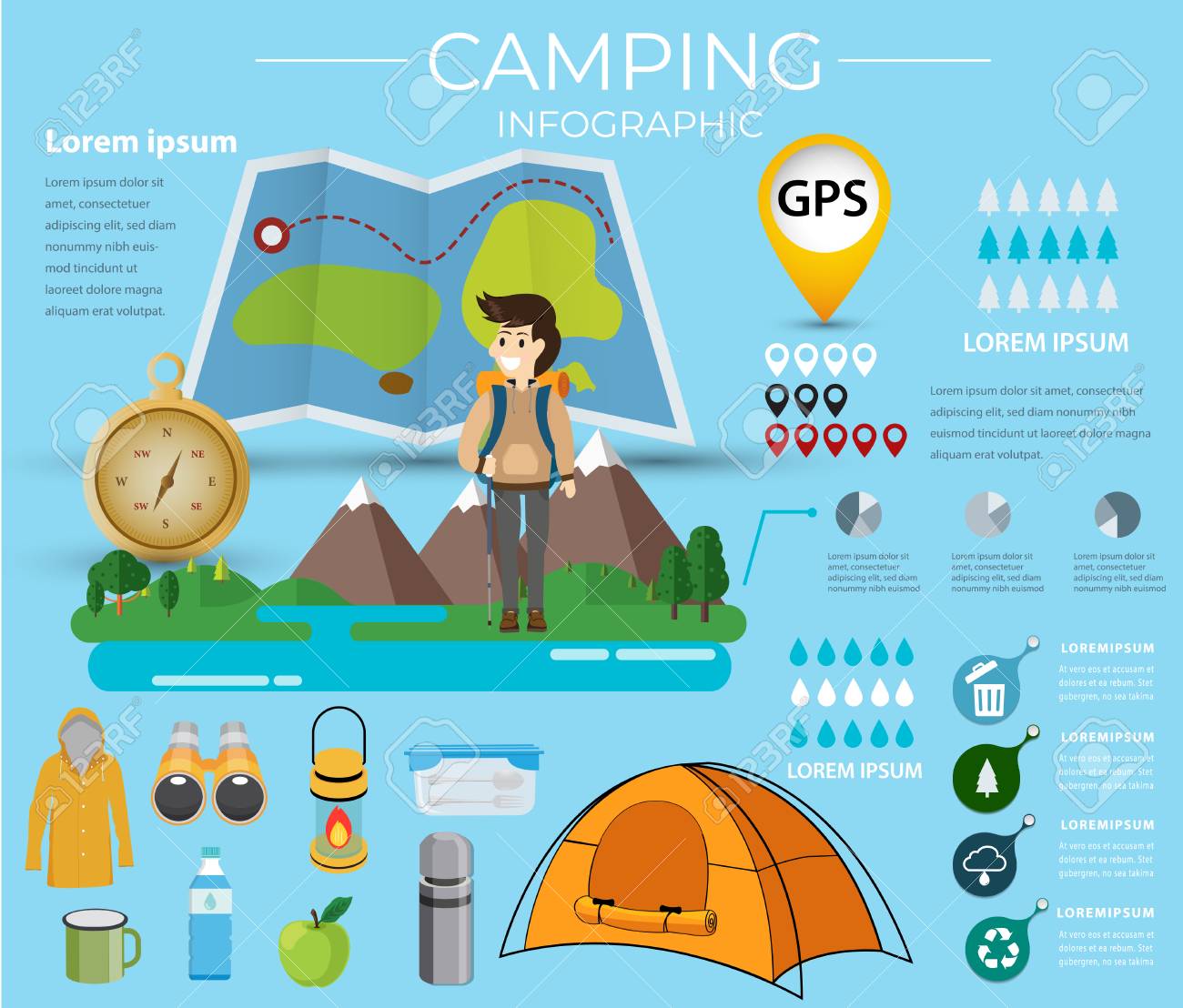Finding Multiple Buyers For Your Camping Tents Online
Finding Multiple Buyers For Your Camping Tents Online
Blog Article
Taking Pictures of the Evening Skies
A selection of aspects can impact night sky digital photography. From weather conditions to upcoming celestial events, you'll intend to intend in advance to make sure success.
How much does a 5m Bell Tent weight?
The shutter speed you pick identifies whether celebrities appear as exact pin-points or route across the picture. A good guideline is to restrict the exposure to 500 seconds, or the matching of your lens's focal length.
Place
Among the most crucial factors in a great picture is where you take it. Aim for places with minimal light air pollution, and avoid locations that have intense city lights and high-rise buildings.
Likewise, look for a location that provides foreground components to create structures with. As an example, dune patterns, wind-sculpted ridges and rocky outcrops can all supply intriguing foreground aspects to aid tell the tale of your night sky picture.
It is additionally valuable to study astronomical events such as meteor showers and lunar eclipses to take advantage of possibilities for terrific images. Using a tool such as the Digital photographer's Ephemeris can be incredibly helpful when preparing your shoots. It aids you to identify moon stages, Galaxy position and various other astronomical events. Likewise, think about capturing in RAW style instead of JPEG as this offers you much more versatility when refining the images. This is specifically true if you intend to publish your images.
Camera Settings
Obtaining the right camera setups is very important for any kind of photo, yet especially so for evening sky photos. A wide-angle lens is best for recording more of the Galaxy and reducing celebrity tracks, along with a much longer shutter speed to quit the activity of stars and disclose their information.
For an optimum degree of quality, shoot in RAW style rather than JPEG, which enables you to protect even more information and gives versatility during post-processing. This can also contribute to file dimension, so ensure you have a lot of storage space and additional memory cards handy.
Set your focus to hand-operated concentrating by turning the AF/MF turn on your lens into MF setting. You may require to take a couple of examination shots and check the picture playback on your cam's LCD display until you achieve ideal, identify hand-operated emphasis. It's an excellent concept to do this during the day with your selected lens and the location you will be contending evening, to validate the precision of your emphasis setup.
Illumination
A good night sky picture calls for the appropriate conditions. This consists of a dark skies, but additionally an interesting foreground element such as a hill coming up, a lake to reflect the stars, or a human component like a barn or shed. You can even make use of a headlamp to illuminate the foreground and include some dramatization or depth to your picture.
One of the most essential electronic camera settings for evening skies photography are the aperture and shutter speed. The broader the aperture, the more light that reaches the sensing unit. This permits you to capture brilliant celebrities in a relatively short quantity of time.
The shutter rate identifies whether your celebrities will be pin-point excellent or if they will appear as celebrity routes due to the Planet's turning. Make sure to take multiple long direct exposure shots and stack them in post-processing for the best results. Last but not least, shoot in RAW mode to give on your own optimal latitude in post-processing.
Structure
The secret to attractive celebrity shots isn't a tent to live in high-end telescope, a brand-new wide-angle lens or a top-of-the-line Canon or Nikon electronic camera. It's strategy, preparation and structure.
For starters, scout your shoot area in advance to get a feel for the format and prospective compositions. Take into consideration integrating foreground elements such as rocks, a lake or alpenglow on the landscape to add character and interest to your photos.
Remember the Guideline of Thirds when composing your pictures. This basic principle assists balance and unify images. It's also beneficial for focusing on points of interest in your picture, such as rock attributes or the Milky Way. Likewise, bear in mind to intend your shoots around moon stages-- capturing at a full moon can overpower stars and create a silhouetted shape, while shooting on nights with a new moon can help you see constellations extra plainly.
Are pop up tents good for camping?
